Prioritizing budget and attracting social resources
According to a representative of the Department of Planning and Finance ( Ministry of Science and Technology ), the Law on Science, Technology and Innovation, which has just been amended and supplemented, has institutionalized the Party's great leadership spirit, while affirming the State's leading role in developing science, technology and innovation.
Specifically, the Law stipulates that the State prioritizes allocating at least 2% of the total annual budget expenditure for science, technology and innovation, gradually increasing it according to development needs. In addition, mechanisms to promote socialization are expanded, creating conditions for businesses, organizations and individuals to participate in financial contributions to research and innovation activities.
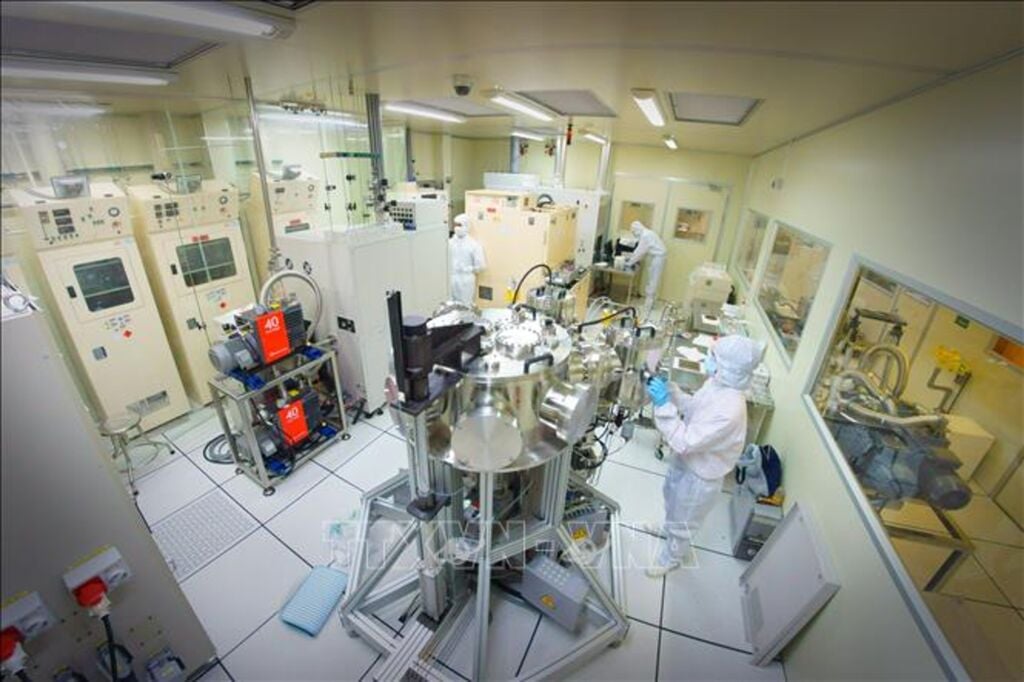
In particular, businesses’ investment in research and innovation will be “rewarded” by tax, allowing up to 200% of expenses to be deducted when calculating corporate income tax. The State also encourages the establishment and use of businesses’ Science and Technology Development Funds.
One of the breakthrough contents of the Law is the policy of granting autonomy in exploiting research results using the state budget. The host organization will be given ownership or usage rights without having to repay the cost, without recording an increase in state capital, which means they have full authority to organize the commercialization of research results.
Along with that, the draft Law also adds a transparent benefit-sharing mechanism among contributing parties including authors, host organizations and investors for reinvestment or to serve other development goals.
Notably, the Law for the first time clearly stipulates a mechanism for accepting controlled risks: If a science, technology and innovation task using the state budget is carried out in accordance with the correct process and content but does not achieve results, the State will still accept the invested costs. This is especially important in the context of promoting breakthrough research, high innovation and venture capital for startups.
Shift to results-based management
The budget allocation and management mechanism is shifted from “expenditure management” to “results-based management”. The new principle emphasizes efficiency, specific outputs, increased autonomy and accountability of budget-using units.
The Law also allows the application of a full or partial spending mechanism, giving the implementing organization the initiative in using funds, hiring experts, and deciding on spending levels to attract high-quality human resources without having to go through cumbersome administrative procedures.
In parallel, flexible financial mechanisms are expanded through the establishment of a science and technology and innovation fund system at both national and local levels. The fund mechanism will help proactively allocate resources, reduce delays in budget allocation, and facilitate the implementation of science and technology tasks.
One of the important new points is the superior treatment policy for the scientific workforce. The law specifically stipulates financial incentives, working conditions, housing arrangements, and social security for scientists and their families.
In addition, those who attract talent will be given priority in assigning tasks, enjoy flexible mechanisms in organizing implementation and using funds. General engineers in special programs are also given the highest level of initiative.
The law also expands the rights of science and technology officials in commercializing research results to contribute capital and run businesses while still maintaining public status. Income from these activities will also be exempt from personal income tax.
Regarding state management, the Law shifts the focus from pre-control to post-control, minimizing administrative intervention in the process of implementing scientific tasks. Implementing organizations and individuals will focus on output results instead of being bound by technical processes.
The mechanism of risk acceptance is specified, contributing to eliminating the fear and avoidance in breakthrough research, thereby encouraging true creativity and innovation.
Creating a sustainable foundation for innovation
According to a representative of the National Foundation for Science and Technology Development (NAFOSTED), the innovations in the Law on Science, Technology and Innovation this time have removed many financial barriers that have been one of the long-standing bottlenecks and expanded the real autonomy for organizations and individuals doing research.
Mechanisms such as: full cost allocation, hiring domestic and foreign experts, direct technology purchase at negotiated prices, exemption from bidding for special tasks... are all highly practical changes, in line with global trends.
In addition, Science, Technology and Innovation Development Funds at ministerial, sectoral, local and enterprise levels are allowed to receive and flexibly use non-budgetary funding sources, such as aid, sponsorship, and legal donations, which was unprecedented in the previous policy framework.
The law also sets out new requirements for evaluating S&T tasks based on output, quality and efficiency, instead of relying solely on the process. This is a shift from “asking - giving” to “ordering - delegating authority - evaluating results” in the entire research and innovation ecosystem.
With a series of new and innovative financial mechanisms, the Law on Science, Technology and Innovation is expected to be a strong institutional boost, creating an attractive environment for talents and investors, contributing to the successful implementation of the goal of developing science, technology and innovation to become the main driving force for rapid and sustainable growth.
The next important thing is that the implementation process of the Law needs to be organized synchronously, with specific instructions, especially ensuring real autonomy for organizations and individuals doing research.
Source: https://doanhnghiepvn.vn/tin-tuc/linh-hoat-co-che-tai-chinh-tao-dot-pha-cho-khoa-hoc-cong-nghe/20250711100727744




![[Photo] General Secretary To Lam and his wife begin their official visit to Bulgaria](https://vphoto.vietnam.vn/thumb/1200x675/vietnam/resource/IMAGE/2025/10/23/1761174468226_tbtpn5-jpg.webp)
![[Photo] Comrade Nguyen Duy Ngoc visited and worked at SITRA Innovation Fund and ICEYE Space Technology Company](https://vphoto.vietnam.vn/thumb/1200x675/vietnam/resource/IMAGE/2025/10/23/1761174470916_dcngoc1-jpg.webp)
![[Photo] Da Nang: Shock forces protect people's lives and property from natural disasters](https://vphoto.vietnam.vn/thumb/1200x675/vietnam/resource/IMAGE/2025/10/22/1761145662726_ndo_tr_z7144555003331-7912dd3d47479764c3df11043a705f22-3095-jpg.webp)
![[Photo] Award Ceremony of the Political Contest on Protecting the Party's Ideological Foundation](https://vphoto.vietnam.vn/thumb/1200x675/vietnam/resource/IMAGE/2025/10/22/1761151665557_giaia-jpg.webp)


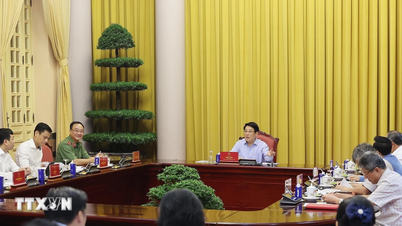




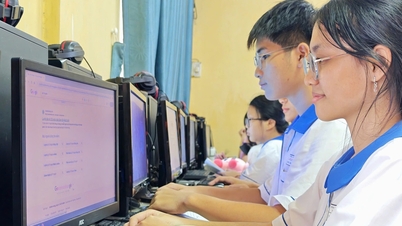



















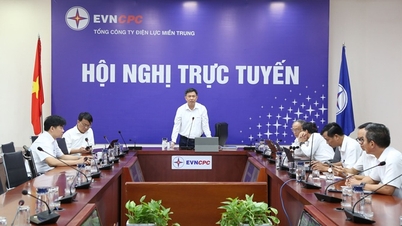



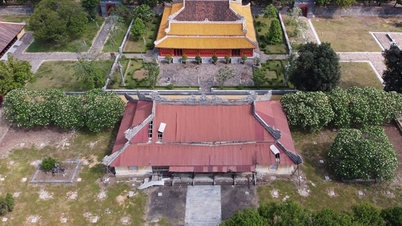

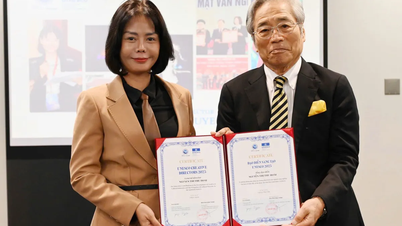


















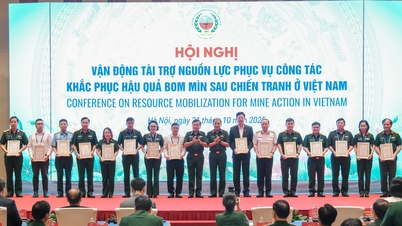
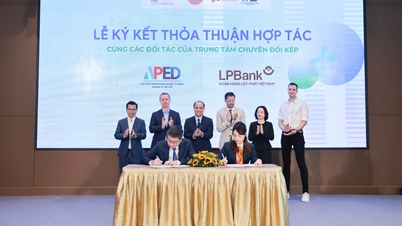



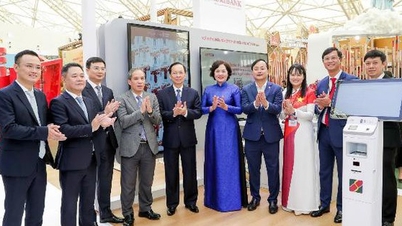












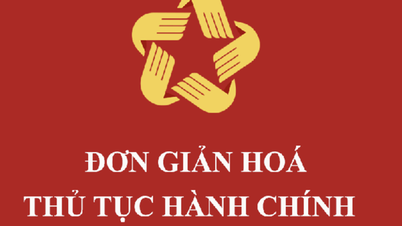


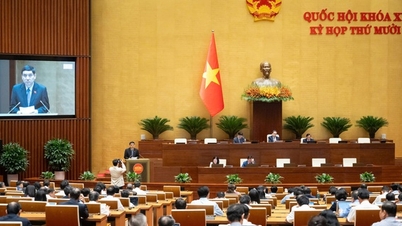


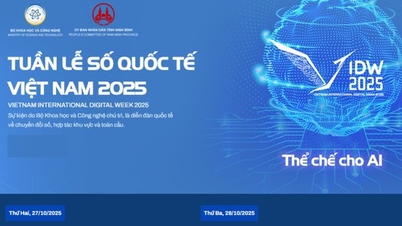

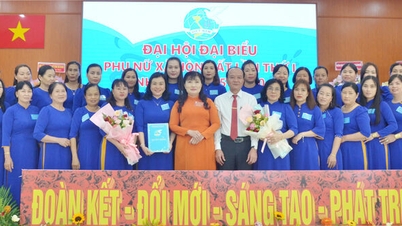
























Comment (0)